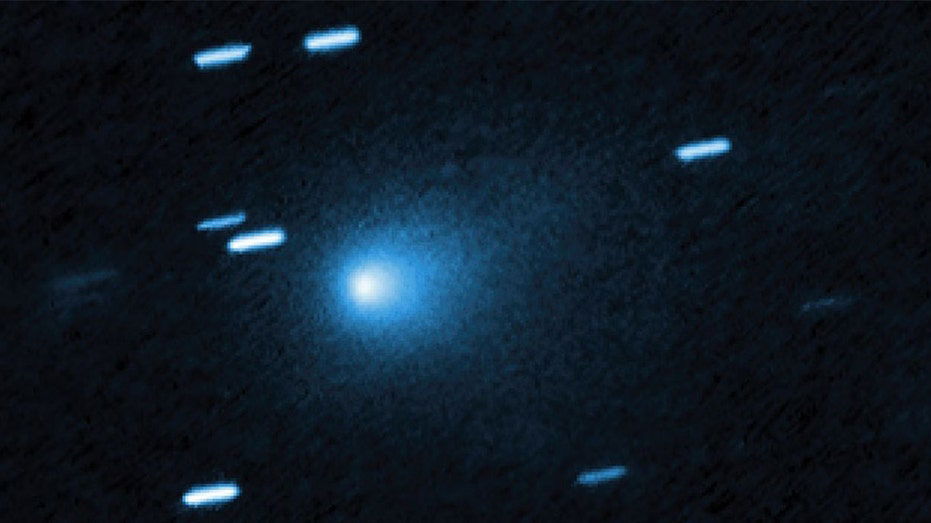- by foxnews
- 24 Aug 2025
Harvard physicist says mysterious interstellar object could be nuclear-powered spaceship
Interstellar object 3I/ATLAS shows an unexpected frontal glow that Harvard's Avi Loeb says cannot be explained by sunlight reflection or standard cometary outgassing.
- by foxnews
- 23 Aug 2025
- in technology

The object, 3I/ATLAS, was first detected in early July by an Asteroid Terrestrial-impact Last Alert System (ATLAS) telescope in Chile. It marks only the third time an interstellar object has been observed entering our solar system, according to NASA.
While NASA classified the object as a comet, Dr. Avi Loeb pointed out that an image showed an unexpected glow in front of the object rather than trailing behind it, something he called "quite surprising."
Instead, he suggested, 3I/ATLAS might be generating its own light, possibly from nuclear energy.
Loeb dismissed other natural power sources. A primordial black hole, he said, would generate only about 20 nanowatts - far too weak. A radioactive fragment from a supernova was highly unlikely given its rarity, and frictional heating from interstellar gas and dust was ruled out by momentum and density constraints.
That leaves the simplest explanation - a central, compact, high-power source. The most natural way to achieve the gigawatt-level luminosity observed, Loeb noted, would be nuclear power.
Still, Loeb does not claim the object is nuclear-powered. He stresses there is only one possible interpretation if natural models fail, and proving it would require more evidence.
Loeb has also raised questions about its unusual trajectory.
"If you imagine objects entering the solar system from random directions, just one in 500 of them would be aligned so well with the orbits of the planets," Loeb told Fox News Digital earlier this month.
The interstellar object, which comes from the center of the Milky Way, is also expected to pass near Mars, Venus and Jupiter, another improbable coincidence, he said.
"It also comes close to each of them, with a probability of one in 20,000," he said.
According to NASA, 3I/ATLAS will reach its closest point to the sun - about 130 million miles away - Oct. 30.
Fox News Digital's Sophia Compton contributed to this report.

